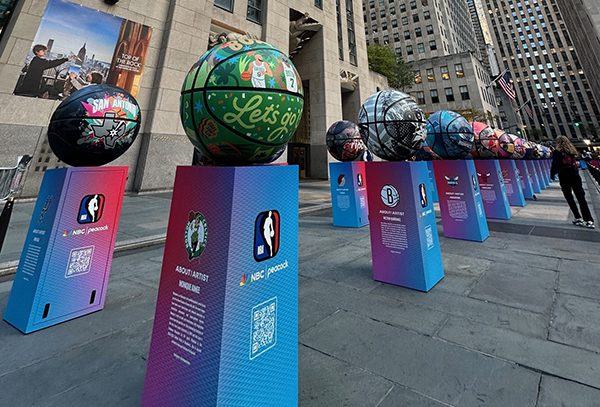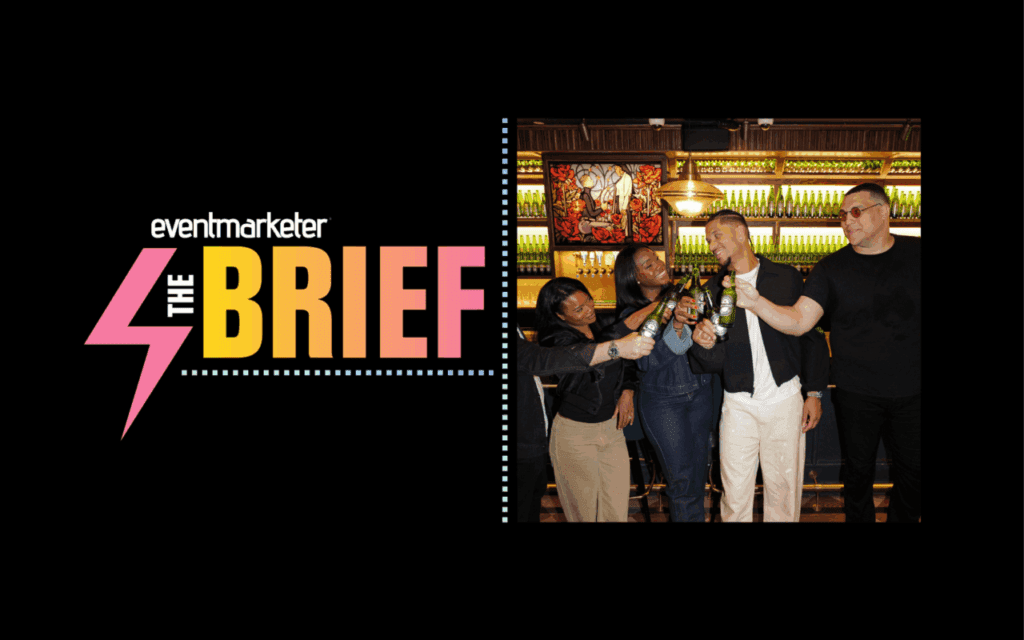Behold the incredible growing and shrinking promotion marketing industry. It is growing in the numbers of programs run, expenditures made, and industries involved. It is shrinking, however, in the volume of offers being floated to the great American public – and that’s because of the growth of cheap technology that is allowing consumer marketers to slice into increasingly thinner slivers of their audiences.
In some cases, brands are starting to vary offers within the same promotions to most effectively motivate different consumer segments. We’re not predicting that this megatrend will cause promotion industry growth to shrivel, but the numbers of promotion professionals and suppliers will certainly begin to dwindle if they don’t capitalize on the target-marketing revolution – and soon.
For the meantime, the promotion industry is bursting at the seams. The 1998 Annual Report’s valuation of the total marketplace is $79.4 billion. That’s 11 percent more than we reported last year – significant growth to say the least.
Every individual sector of promotion grew last year, save one, and the most impressive gains were registered by two of the biggest revenue-producers. Advertising specialty sales skyrocketed by 25 percent last year – a leap of $2.5 billion in revenue. It isn’t just key chains and case-cutters anymore. High-end apparel items and business gifts fueled ad specialties’ phenomenal growth. Apparel is by far the dominant seller at 27 percent of total expenditures, more than twice as big as those most quintessential of ad specialties – pens and pencils.
Premium incentive companies increased their take by a whopping $3.5 billion last year. Some of that increase might be due to a more detailed accounting of the sector performed by The Incentive Federation in a wide-ranging study. But there was no question that incremental business flowed in from thousands of new marketing-oriented Web sites and from the wave of long-running continuity programs engulfing the consumer marketplace.
Corporate sponsorships grew by 9 percent in a dead year – no Olympics, no World Cup. Big corporate marketers continue to be drawn to big sports and entertainment events to put themselves in front of specific audiences that have some affinity with their brands. They are also demanding a direct return on their investments – and getting it from event managers. If they can’t get a guaranteed return, they don’t turn away from sponsorships. Many, instead, are creating their own events.
While still small in the grand scheme of things at under a billion dollars in marketing spending, the Internet is poised at the center of the one-to-one promotion future. Forget database marketing. Brands can – and do – hit bullseyes with key users by recording their click-streams, not their names and addresses. The sector recorded disappointing growth of only 10 percent in ’97, but that could be deceiving from a promotional standpoint. Much of the increase in activity last year showed up in other pages of our Annual Report, such as in premium incentives and sampling.
No one knows that better than the folks on the back-end of America’s promotion marketing efforts – fulfillment companies. All of them benefitted from scaled-up Internet promotions, to the tune of 10- to 15-percent increases in premium and sample fulfillment. Perhaps more than any other players in the promotion business, fulfillment houses are poised at a technological crossroads. To them, targeting means more programs, but less volume. Many are catching the techno-wave, adding interactive phone services, database management, and program modeling analysis. Others aren’t, and may be facing some lean years ahead.
The only thing lean at the nation’s promotion marketing agencies is staffs. Business is so good that big agencies are having a hard time finding qualified talent to service all the clients. The targeting trend means not only more campaigns, but more complex campaigns, and that’s good for the concept developers and program administrators. Whether targeting will be good for all other sectors of the promotion business will depend on what progress has always depended on: the ability to adapt.
Those reacting to the targeted future with horror are shrieking up the wrong tree. Despite all the hi-tech hardware and deep-thought analyses, marketing has always been about one simple thing: giving the people what they want. Technology is just another tool to help marketers who know how to do that do it even better.



